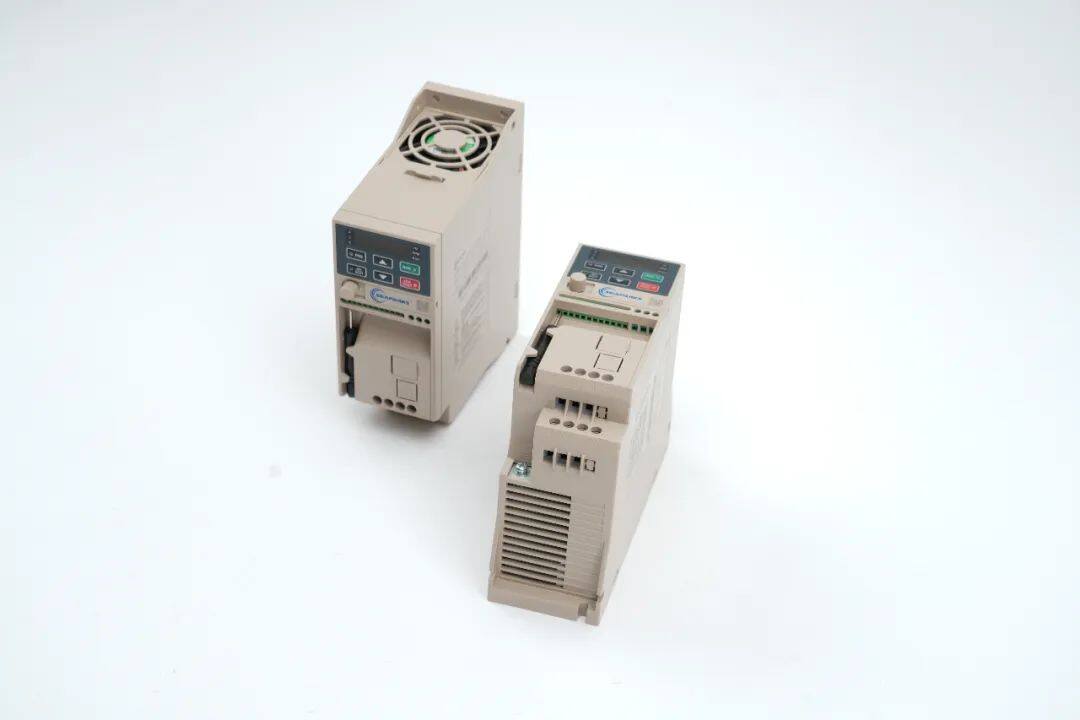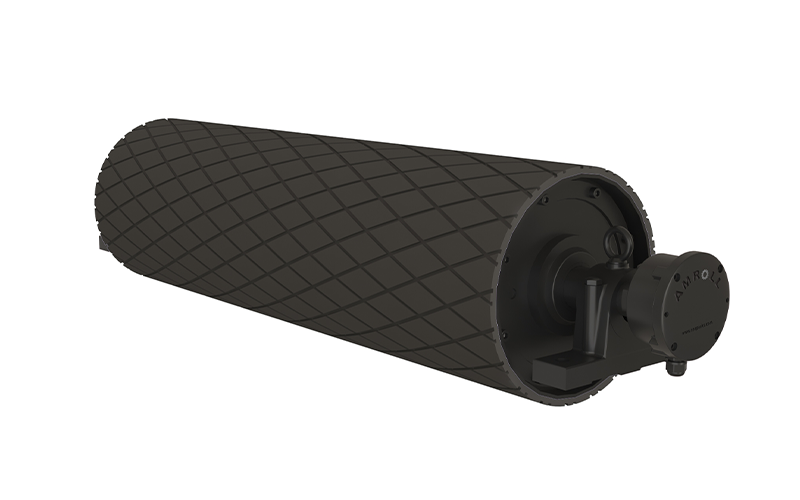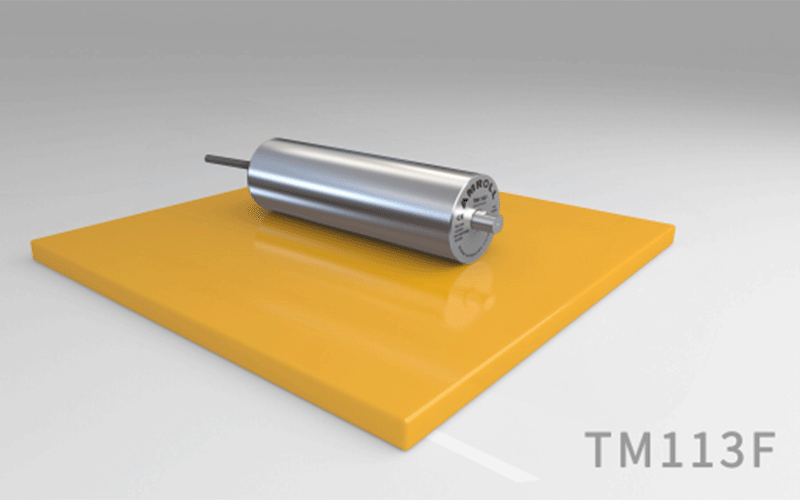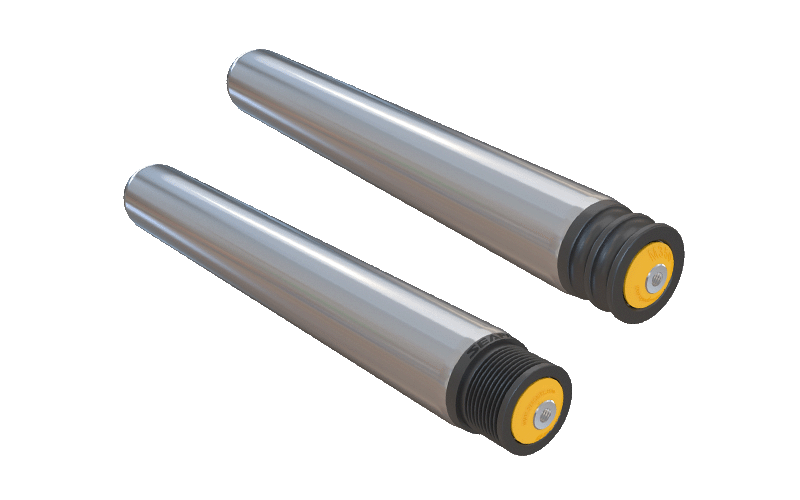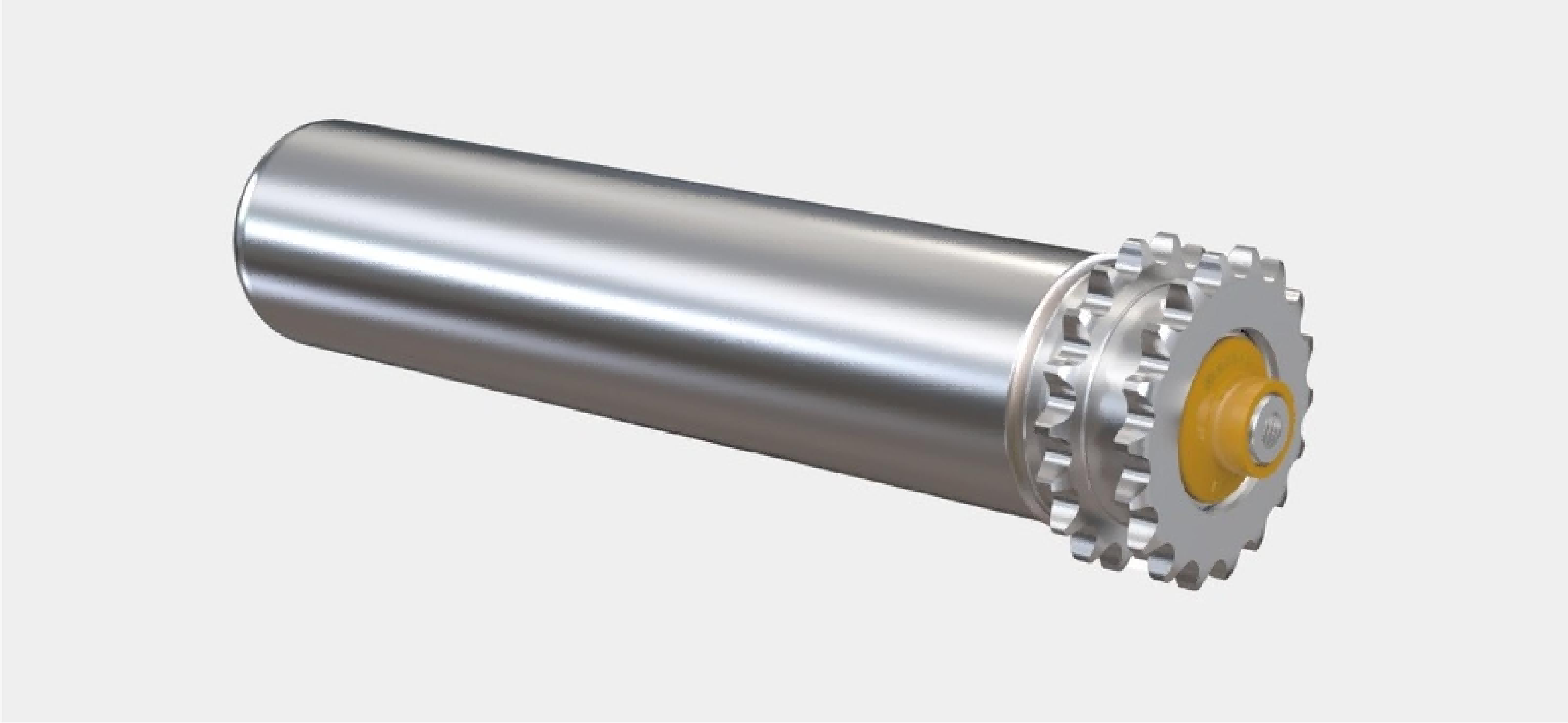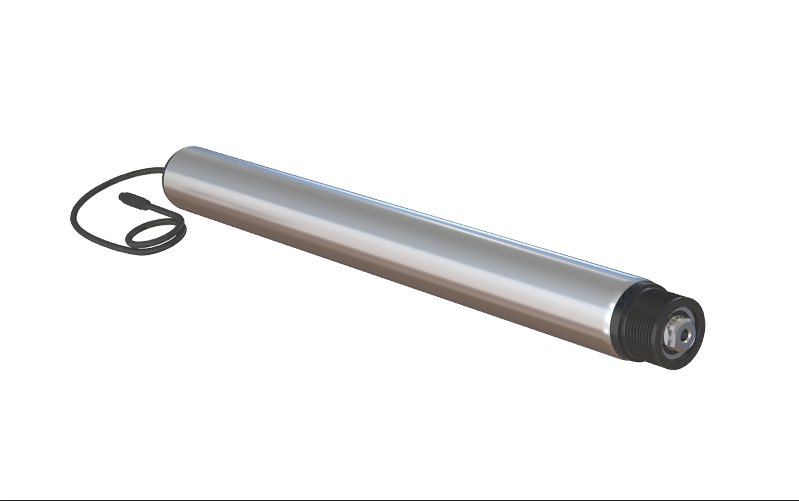The Difference Between Synchronous and Asynchronous Drum Motors
In the realm of modern industry and technology, drum motors are indispensable power devices. Within the world of drum motor motors, synchronous and asynchronous drum motors each have their own characteristics, suitable for different application fields. This article will introduce the key differences between them and when to choose which type of drum motor.
Synchronous Drum Motors: Stability and Precision
Precision:
Synchronous drum motors are renowned for their stable speed and precise control. This type of drum motor operates through a fixed rotor and synchronous rotating magnetic field. They typically require specialized speed control devices, such as frequency converters, to achieve variable speed operation.
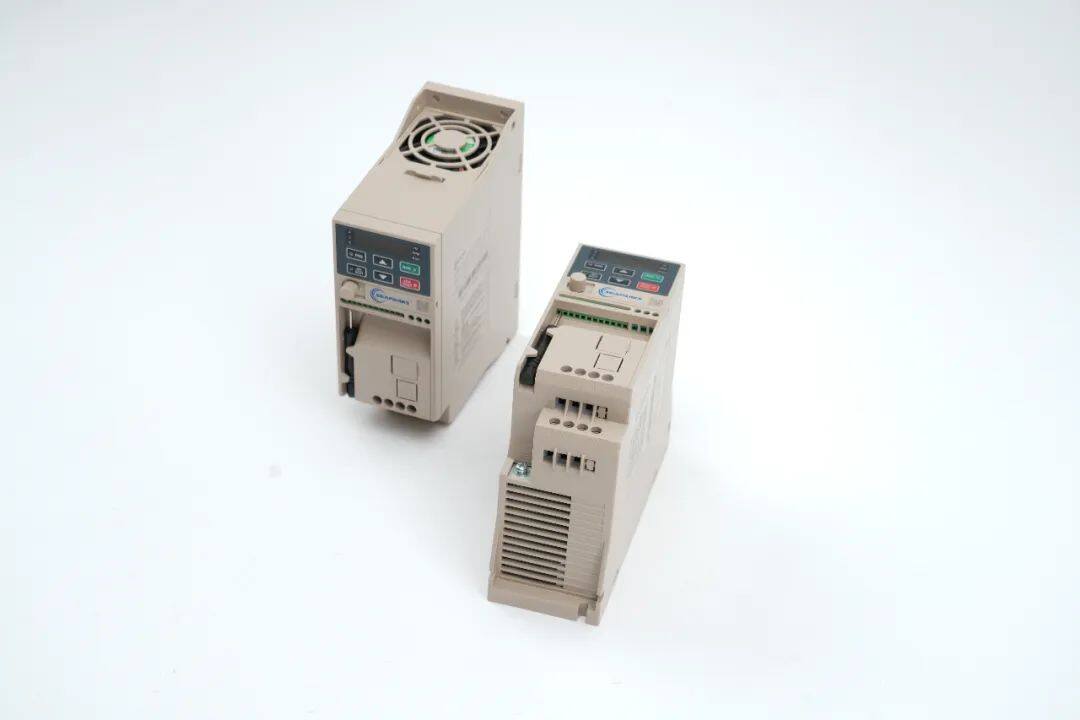
Stability:
The advantage of synchronous drum motors lies in their predictable performance. Regardless of load variations, they maintain a constant speed, which is crucial for tasks requiring high consistency and stability. Additionally, synchronous drum motors often have lower maintenance requirements because they lack sliding contact components.
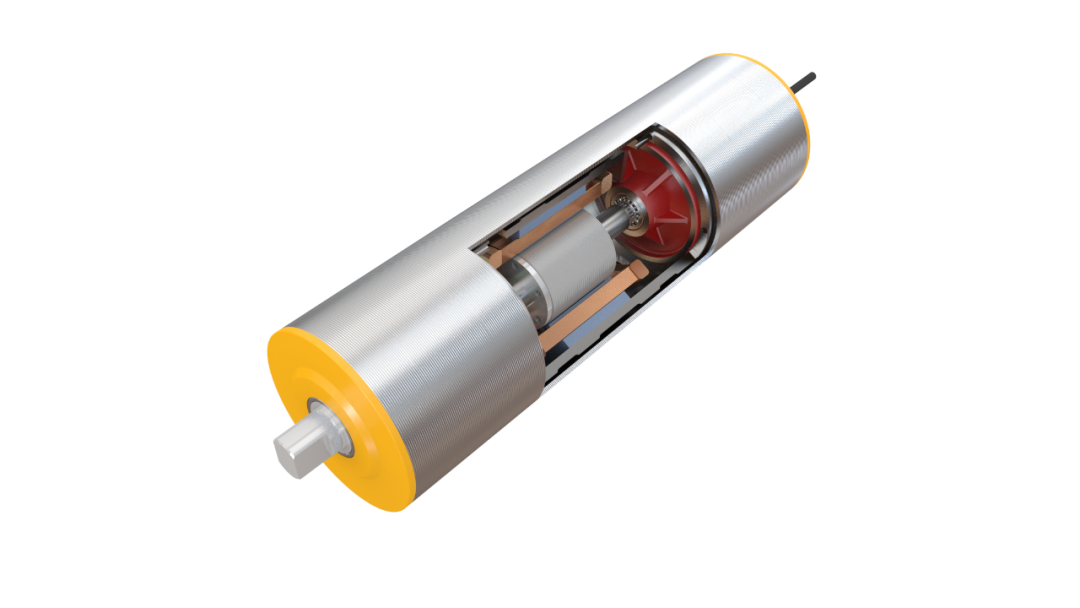
Asynchronous Drum Motors: Flexibility and Adaptability
Flexibility:
In contrast to synchronous drum motors, asynchronous drum motors are known for their versatility. Their speed is influenced by the load and the frequency of the power supply, making them more suitable for applications that require carrying varying weights and do not demand high-speed conveyance.

Adaptability:
One of the advantages of asynchronous drum motors is their adaptability. They can operate under various working conditions and control speed relatively easily by altering the power supply frequency. This makes them an ideal choice in industrial manufacturing and production environments, where rapid adaptation to changes is often necessary.
Synchronous vs. Asynchronous - Speed and Starting Characteristics
Speed:
Synchronous drum motors maintain a stable speed that precisely matches the power supply frequency. This makes them extremely useful in scenarios where precise speed control is required. Additionally, synchronous drum motors can start without a load, gradually accelerating without causing significant starting current surges.
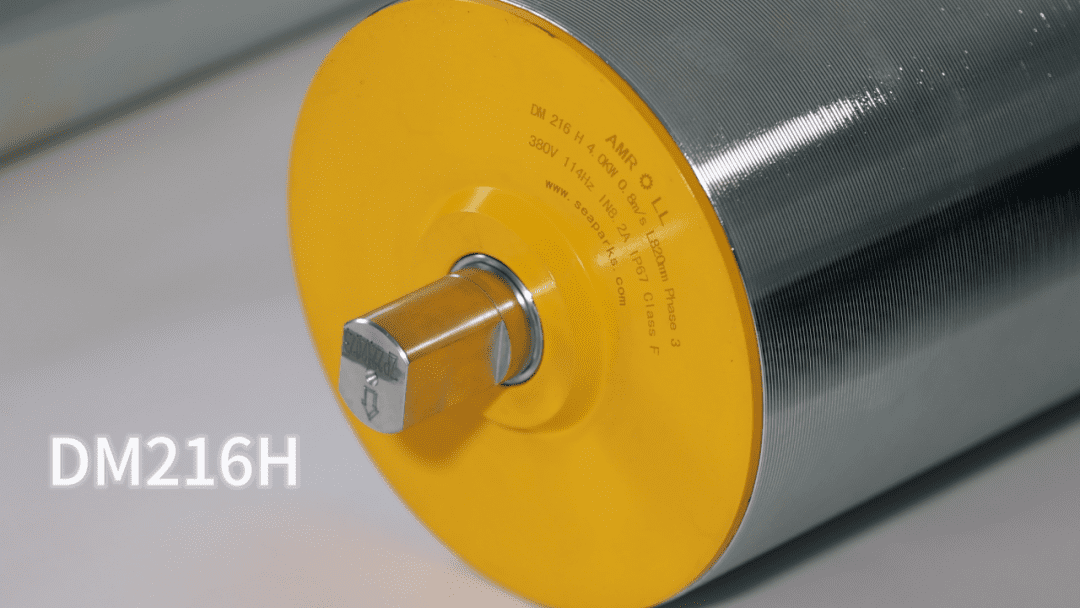
Starting Characteristics:
The speed of asynchronous drum motors is influenced by the load and the frequency of the power supply, typically resulting in slightly lower speeds compared to synchronous drum motors. During startup, they may require a large starting current, especially under heavy loads, necessitating starters or other devices to reduce the impact.
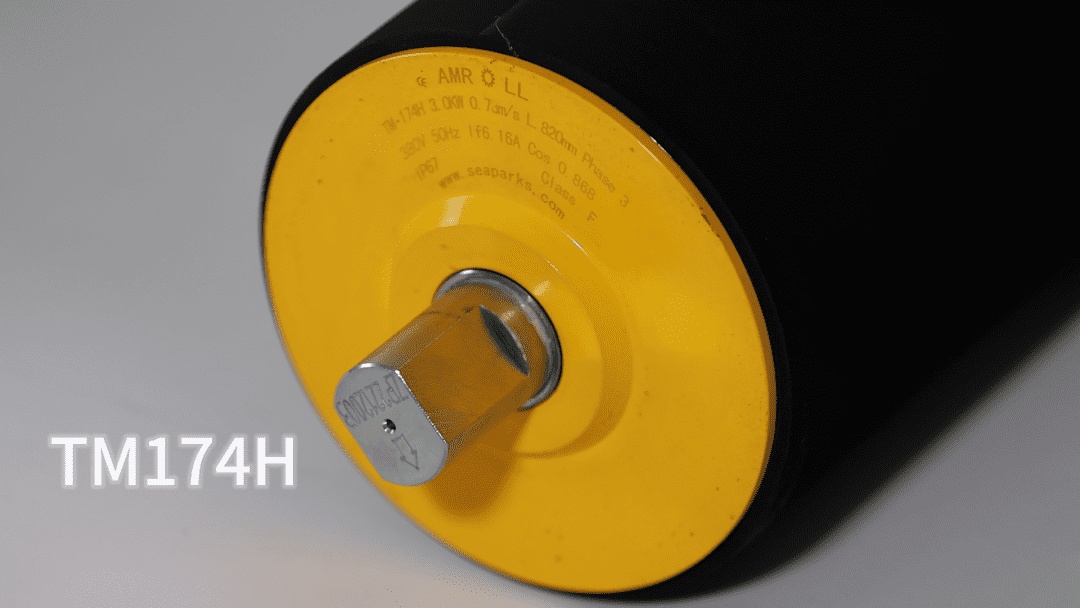
Choosing the Right Drum Motor
When selecting a drum motor, it's essential to consider your specific application requirements. If you need highly precise control and stable speed, synchronous drum motors may be your preferred choice. However, if flexibility and adjustable speed are what you need, then asynchronous drum motors might be more suitable for your project.
Regardless of whether you opt for synchronous or asynchronous, drum motors are an indispensable part of modern industry. They play crucial roles in various fields, driving innovation and enhancing productivity. By understanding the differences between them, you can better decide which type of drum motor is best suited to meet your needs.
